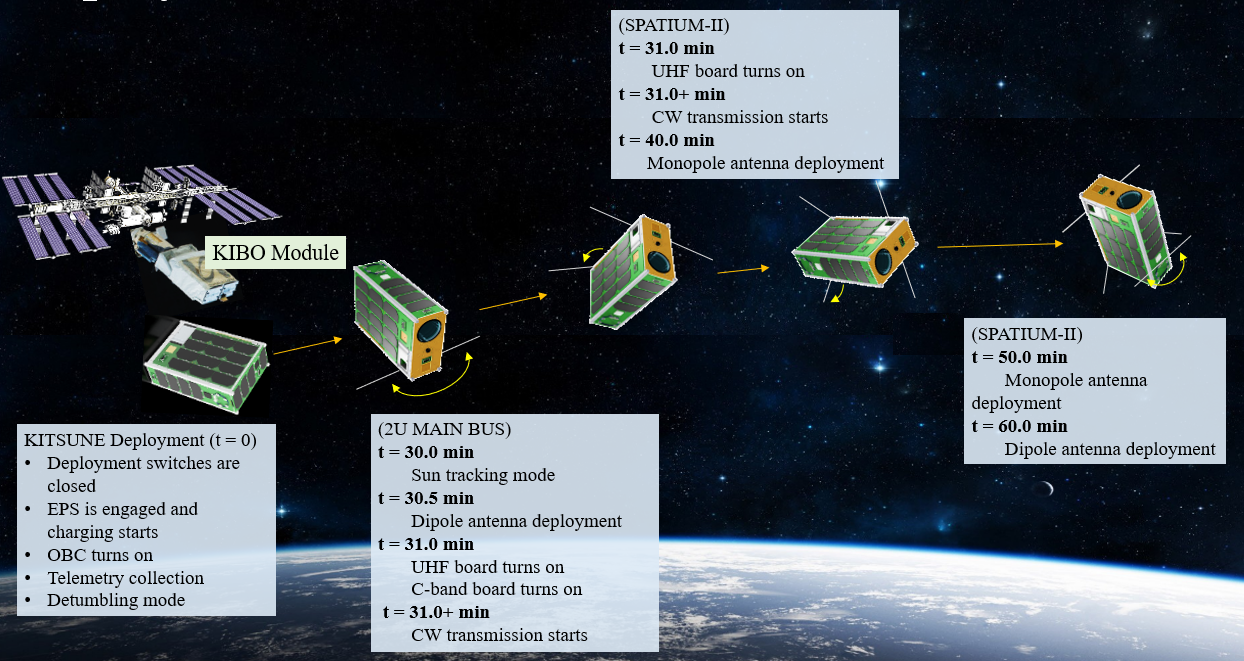A C C I M T
Arthur C Clarke Institute for Modern Technologies
Arthur C Clarke Institute for Modern Technologies
On 24 March 2022, KITSUNE, a 6U nanosatellite designed and developed under a five-partner international collaboration, was deployed from the International Space Station (ISS). ACCIMT was one of the partners, alongside Kyushu Institute of Technology (Kyutech, Japan)—the nodal partner—Nanyang Technological University (Singapore), Addnics Corporation (Japan), and Harada Seiki Corporation (Japan).
KITSUNE, only the second satellite with technology contributions by Sri Lankan engineers, marked another important milestone in developing the country’s capacity in space technology. Importantly, ACCIMT’s entry into this five-party collaboration was secured at no capital cost by Director-General & CEO, ACCIMT, Eng. (Dr.) Sanath Panawennage, based on the strategic and technological contributions of the Sri Lankan project team.
KITSUNE carried six research and experimental missions, as detailed below. Notably, they included two payloads from the commercial space industry partners—a transceiver for ground-to-space communication by Addnics Corporation, and an Earth observation camera by Harada Seiki Corporation—which were intended to be tested in orbit, and a new low-cost UHF transceiver developed by the ACCIMT Research Engineer Tharindu Dayarathna.
KITSUNE orbited the Earth for 12 months.

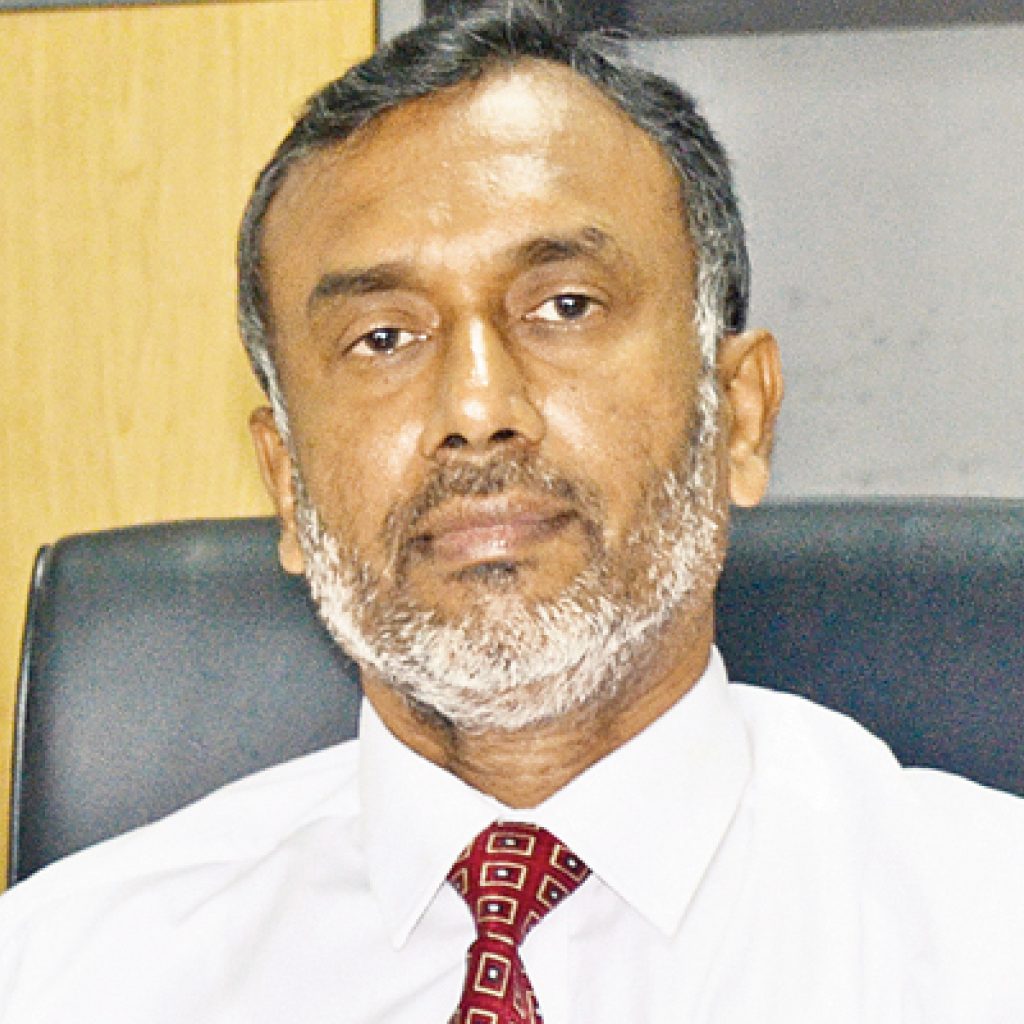
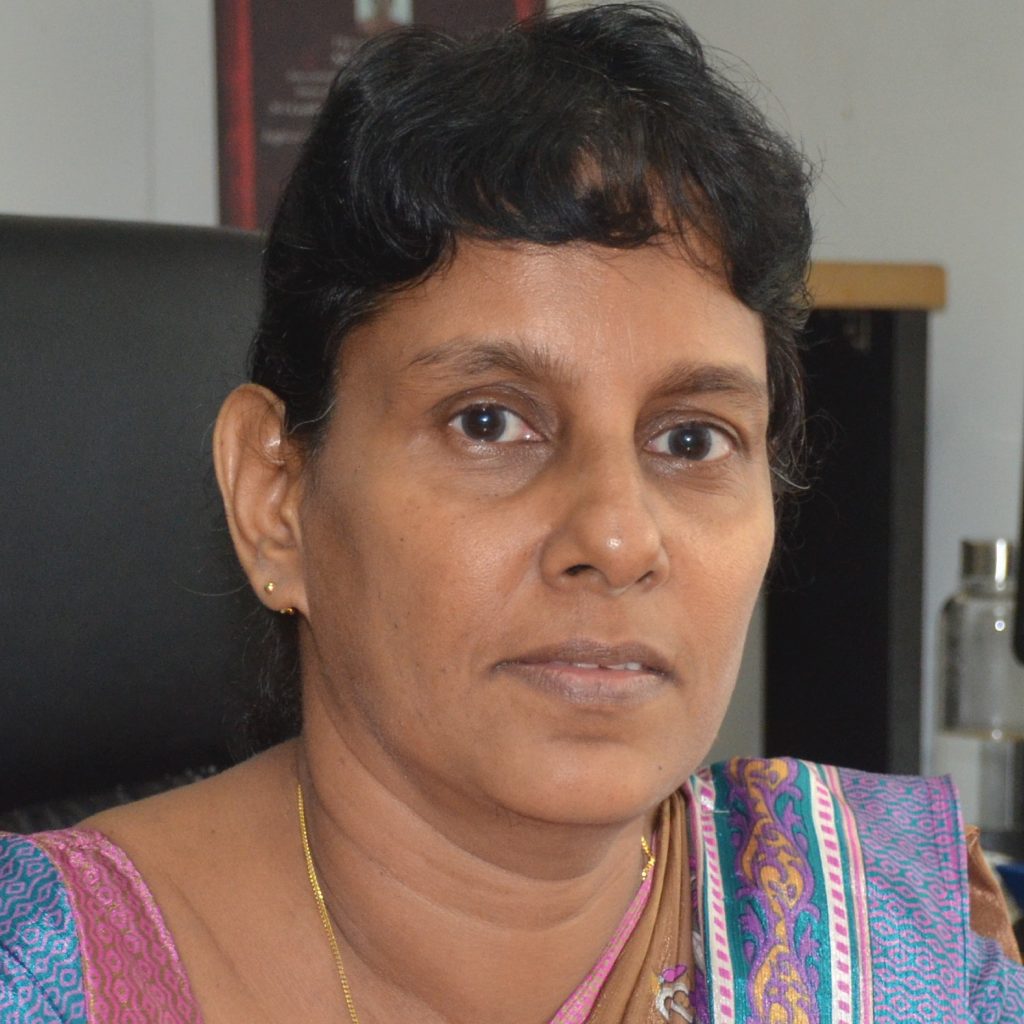
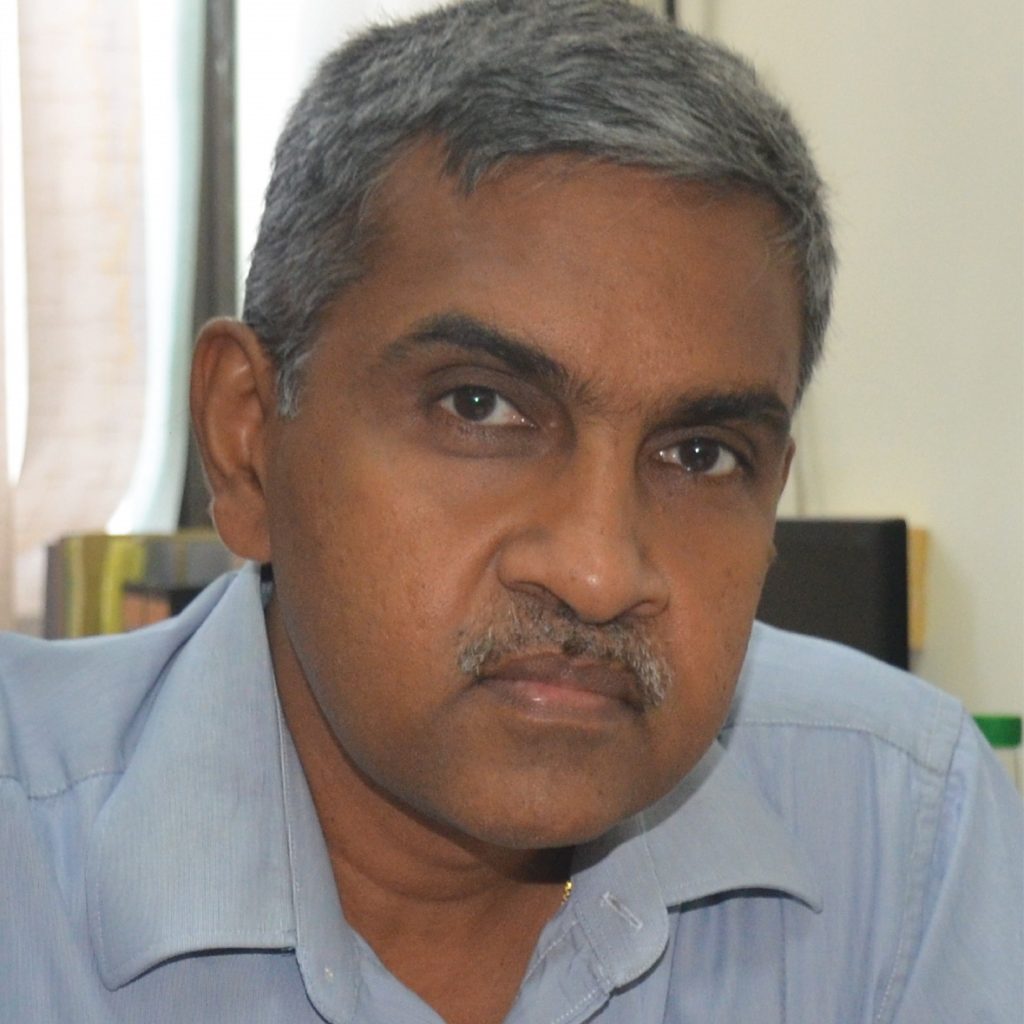



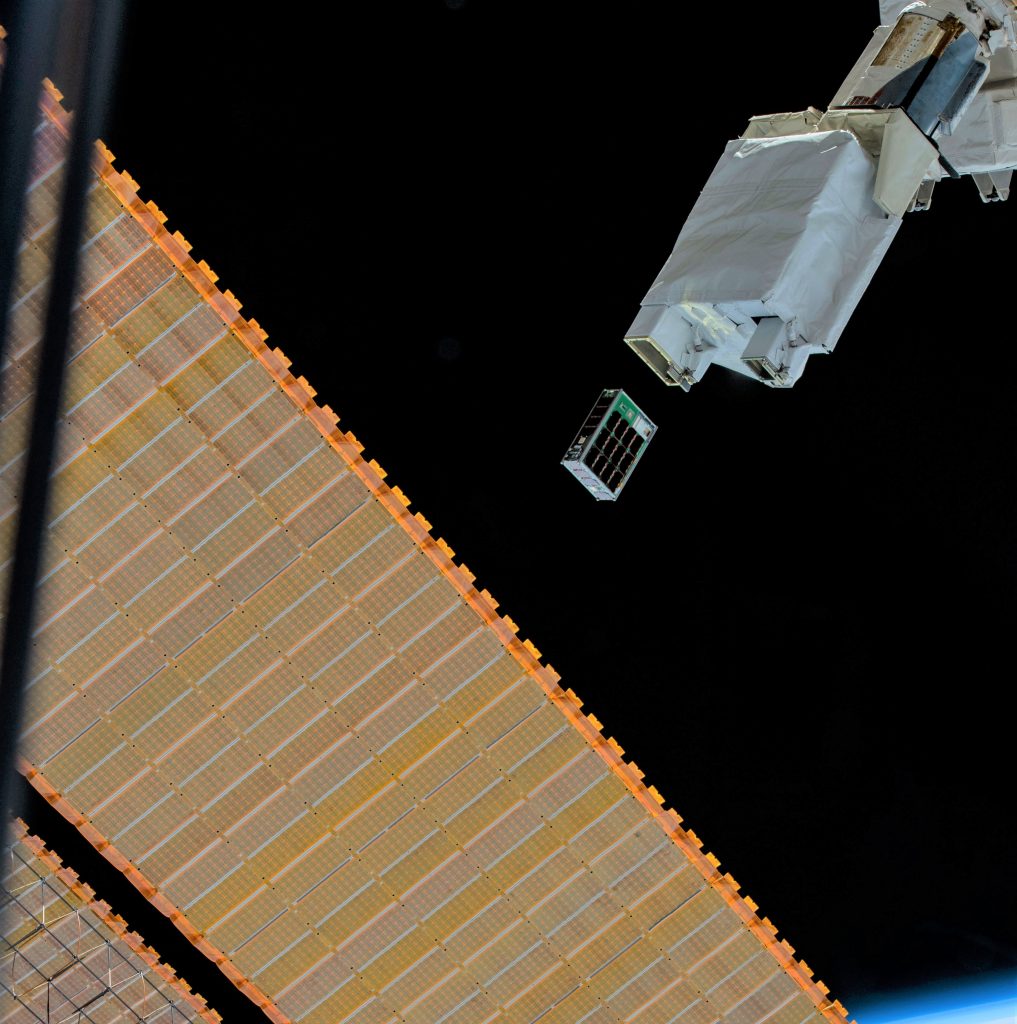
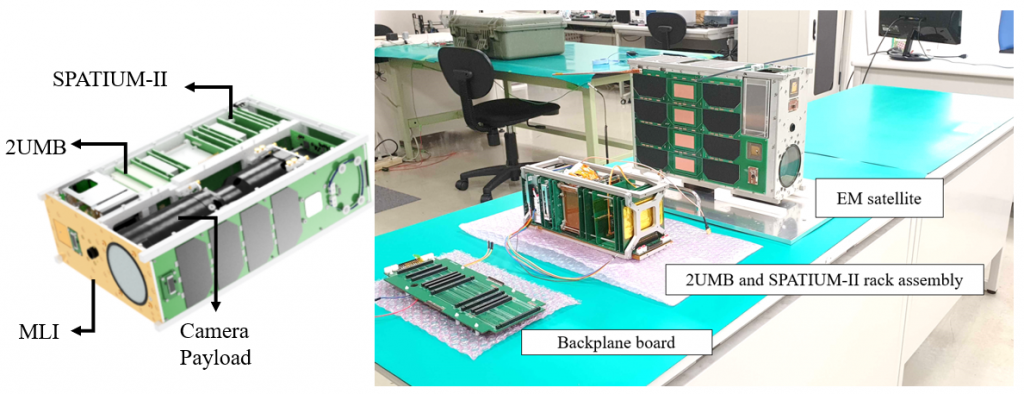


2U main bus (2UMB) and 3-unit camera payload
* Earth observation with 5-m class resolution color images.
* Demonstration of C-band communication from the main and mobile ground stations.
* Development and demonstration of Kyutech standard bus system as 2UMB for future missions.
* Downlink of low-resolution images from a secondary camera by C-band uplink commands and amateur radio service.

SPATIUM-II
Total electron content (TEC) measurements of the ionosphere.
On-orbit demonstration of LoRa communication board.
S&F mission from the ground sensor terminals of BIRDS countries.
Monitoring chip-scale atomic clock (CSAC) board on-orbit performance (resuming one of the SPATIUM-I objectives (Aheieva et al., 2017; 2018)).
Development of mobile and fixed ground sensor terminals (GSTs).




